Right out in the sea gap lies the fascinating Hagavatn, just a few meters from the mighty North Sea. A powerful nature experience awaits here in the middle of the unique lunar landscape that Magma Geopark is known for.
Hagavatn is a small lake on Ytstebrød on Eigerøy. As you stroll along the gravel road along the water, you get an insight into the special coastal and cultural landscape of Dalane. You also see many traces of how the landscape has shaped itself over millions of years. There are plenty of sickle marks, shifting blocks and scouring streaks in the rock. Along the coast you can see traces of the Second World War, and if you continue you will end up in the fishing port of Rausvåg.
For those who really want to experience the lunar landscape, we can recommend a detour from the marked path around Lake Hagavatn. As you leave the dirt road and enter the trail, you will soon come to a small stream that you cross. Soon after, you go through a fence gate. Instead of following the path straight ahead, here you turn right along the fence. You can now continue all the way to the end of the headland. You have to read and follow the landscape. There is no path here. You walk on hard anorthosite - in a playpen suitable for both young and old. Here you can jump from cliff to cliff, climb and really feel the power of nature at the far end towards the sea. If you're lucky, you'll see a sea eagle taking off. The vegetation is barren, but you can see hardy plants such as sea cloves and rose root "Northern ginseng". The rock can be slippery and the waves unpredictable, so the trip is at your own risk.


